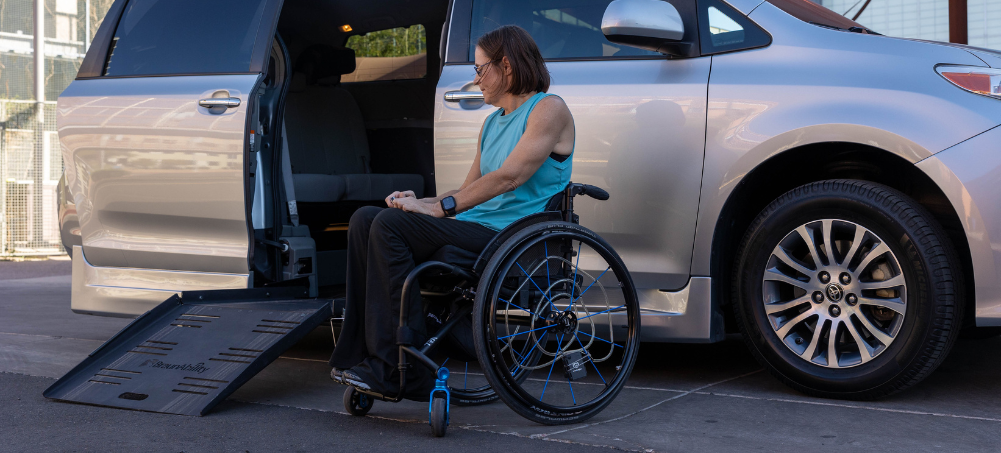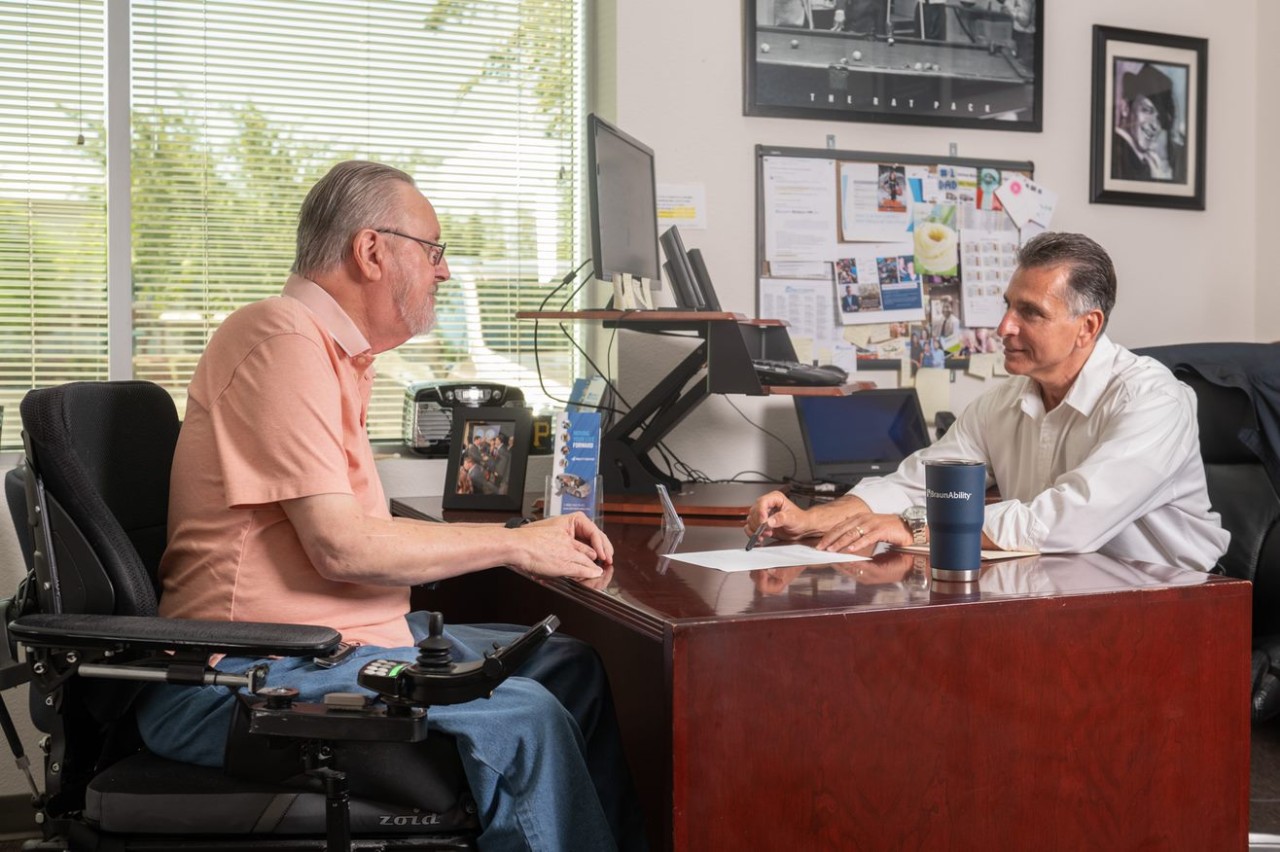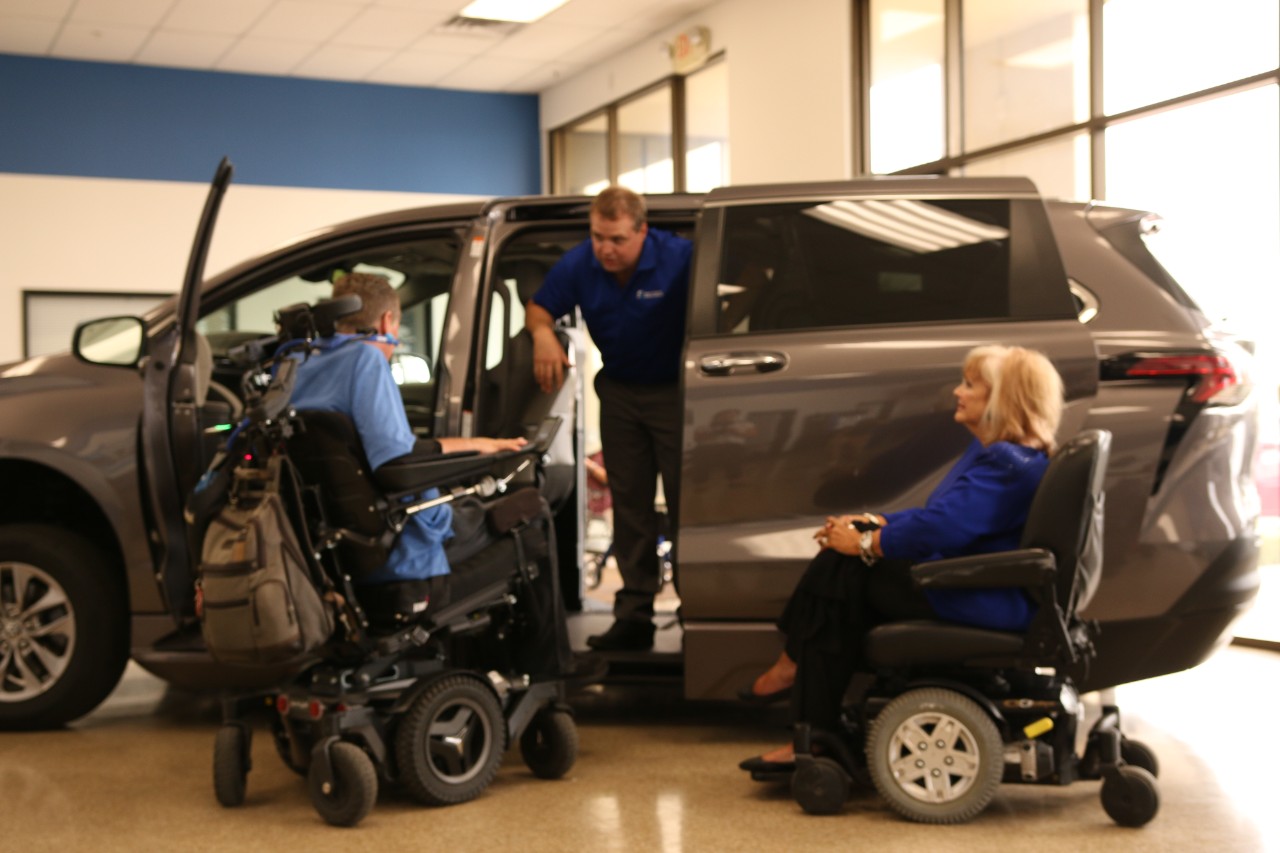
First-Time WAV Owner? Here’s What You Need to Know
Purchasing your first wheelchair accessible vehicle (WAV) is a major milestone. Whether you're buying for yourself, a loved one, or a transportation business, a WAV opens the door to greater independence, freedom, and comfort. But as with any specialized vehicle, there’s a learning curve that many first-time owners don’t expect.
To help you feel confident and well-prepared, we’ve put together a list of key things most WAV owners wish they’d known from day one.
1. Not All WAVs Are the Same
It’s easy to assume that any vehicle labeled “accessible” will meet your needs—but there are critical differences in:
- Ramp or lift types (manual vs. automatic, side-entry vs. rear-entry)
- Interior space and headroom
- Securement systems (straps, docking stations, or both)
- Vehicle conversions (OEM vs. aftermarket)
Tip: Always test-drive the configuration with your wheelchair in place. Bring along caregivers or passengers who will regularly ride with you.
2. Securement Systems Are Just as Important as Ramps
Getting in is just the first step. Making sure the wheelchair is safely and properly secured is essential for every ride.
- Learn how to use your Q'Straint or Sure-Lok system confidently.
- Practice securing and releasing the chair before taking your first ride.
- Don’t ignore routine checks of belts, tracks, and hooks—they wear over time.
Tip: Ask your mobility dealer (like United Access) for a hands-on demo when your WAV is delivered or serviced.
3. Routine Maintenance Goes Beyond Oil Changes
In addition to standard vehicle maintenance, WAVs have unique needs:
- Lubricate the ramp or lift mechanism regularly.
- Keep the interior clean from mud, debris, or salt (especially around the entry system).
- Schedule periodic checks of the securement and suspension systems.
Tip: Use a NMEDA certified service provider that specializes in mobility vehicles—standard mechanics may overlook critical components.
4. Parking Requires a Little Strategy
Side-entry WAVs need extra space to deploy ramps—standard spots won’t cut it. Even with a disabled parking placard, not all handicap spaces are accessible to WAVs.
- Look for van-accessible spots with adjacent access aisles.
- Consider adding a parking placard note or sticker to educate others about side-entry clearance.
- Invest in a backup camera or 360° view system if your vehicle doesn’t have one.
Tip: Apps like WheelMate or AccessNow help locate accessible parking in unfamiliar areas.
5. There Are Funding and Tax Benefits Available
First-time owners often don’t realize that there are programs to help offset the cost of a WAV:
- State and federal grant or rebate programs
- Veterans Affairs (VA) assistance for eligible individuals
- Tax deductions for medical transportation expenses or business use
Tip: Ask your mobility consultant to help you identify funding options before you purchase.
6. Passenger Comfort Matters—Especially on Long Rides
Wheelchair users may feel more vibration and bumps than traditional passengers. To improve comfort:
- Ensure proper suspension settings (kneeling systems can help).
- Use cushions or anti-slip mats for smoother rides.
- Position the wheelchair mid-vehicle if possible for optimal stability.
7. Training for Caregivers Makes a Big Difference
If someone else will be assisting with transfers or driving:
- Walk them through every step of the loading, securement, and unloading process.
- Keep an instruction card or cheat sheet in the glove box.
- Have a backup plan for emergencies (like if the ramp won't deploy or power fails).
Tip: Ask your WAV dealer if they offer caregiver training or videos you can refer back to.
8. Your WAV Will Change How You Travel—for the Better
Owning a WAV means saying “yes” to more things: road trips, daily errands, doctor visits, family gatherings, or just spontaneous outings.
It also comes with responsibility—but with the right setup, training, and support, your WAV becomes more than just transportation. It’s a tool for freedom and connection.
Your first WAV is more than a vehicle—it’s a lifestyle upgrade. While there’s a bit to learn, being informed and proactive can prevent stress and ensure safety from day one.
At United Access, we’re here to support you before, during, and long after your purchase. From choosing the right model to expert service and advice, we’re committed to keeping you moving forward. Contact us today to get started.


